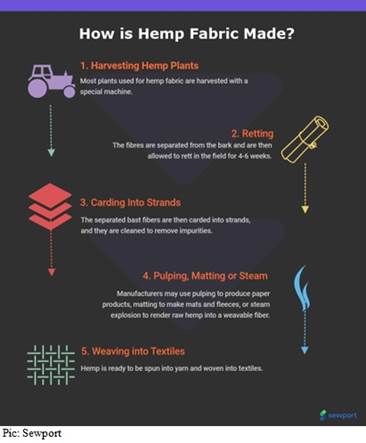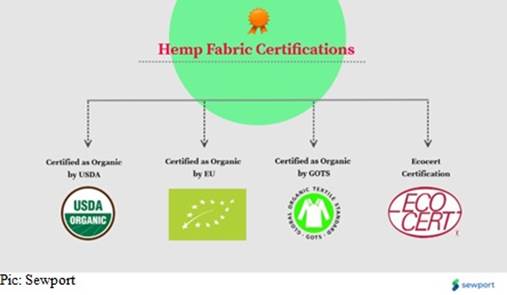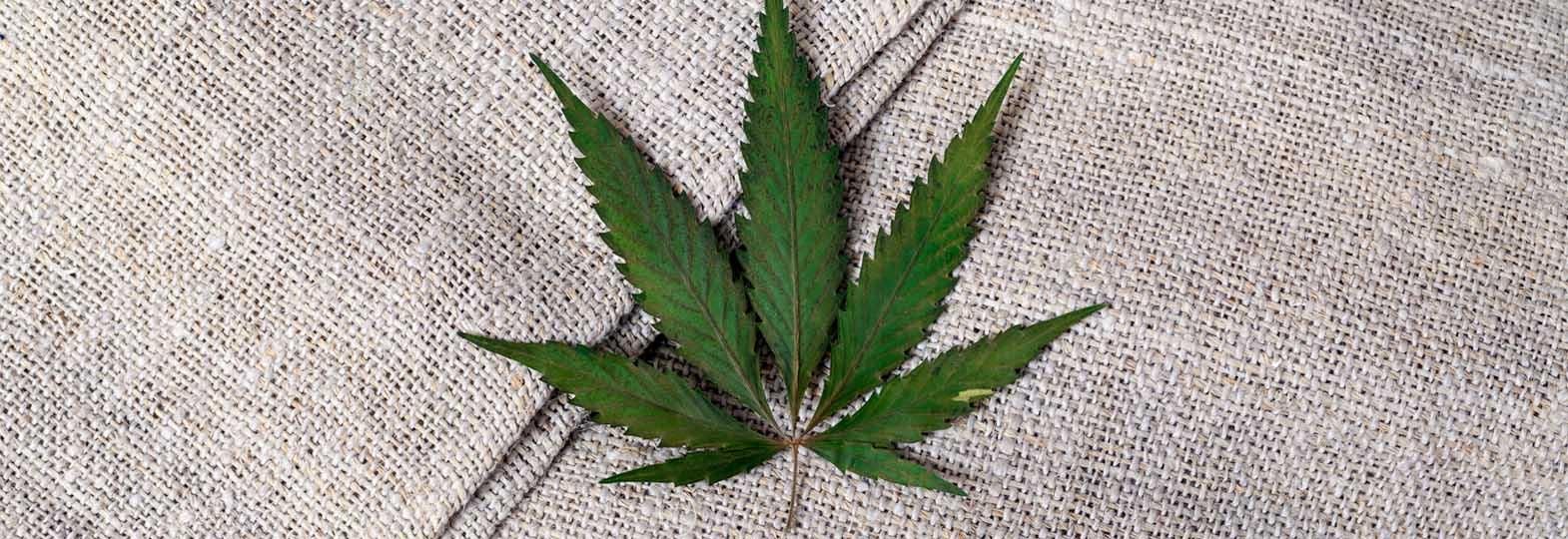Hemp is one of the oldest crops cultivated by humans, dating back to 8,000 BCE. It also known as industrial hemp, a versatile plant that has been used for thousands of years to produce a wide range of products, including textiles, paper, and heavy-duty products.
In recent years, there has been a resurgence of interest in hemp as a sustainable and versatile textile fibre in fashion and textile industry. However, despite its many benefits, hemp is still relatively expensive in India compared to other cellulosic fibres such as cotton, linen, rayon etc. In this article, we will see the reasons behind the high cost of hemp in India and the capability of hemp to change the fashion and textile industry of the country.
Why is hemp expensive in India compared to other cellulosic fibres?
There are various factors that contribute to the high cost of hemp in India compared to other cellulosic fibres.
• One of the main factors is mass hemp cultivation is banned in India. Although hemp has been grown in India for centuries, its cultivation is restricted to certain states due to legal and regulatory barriers. While it is often confused with marijuana, hemp is a distinct variety of the same plant species, Cannabis sativa and contains only trace amounts of THC (Tetrahydrocannabinol), the psychoactive compound found in marijuana. This causes limited supply of hemp in India, so mostly hemp-based businesses are run by importing hemp yarns, fabrics or hemp extracts from other countries like China, Italy, the US etc. Hence, the cost increases as the raw materials are imported.
• The absence of processing infrastructure also contributes to the high price of hemp. To transform hemp into useful fibres, yarns, and fabrics, specialised machinery and knowledge are needed. However, India’s existing lack of infrastructure for processing and producing hemp products can drive up production and distribution costs.

• Additionally, the cost of hemp products increases due to the need for certifications and conformity with international standards. For instance, hemp products must adhere to tight criteria for THC levels and other quality indicators in order to be exported to the EU or the US. This requires additional testing and certification procedures, raising the production cost.

How can hemp change the fashion and textile industry of India?
Despite the high cost of hemp in India, the use of this eco-friendly and sustainable fibre can have a transformative impact on the fashion and textile industry of the country. Here are some ways in which it can change the industry:
• Sustainability: Hemp is a highly sustainable crop that can grow in a variety of climates and soil types. It requires less water and can be grown without the use of pesticides or herbicides. In contrast, cotton requires a lot of water and is often heavily sprayed with pesticides and herbicides to control pests and weeds. It is also biodegradable, making it an eco-friendlier alternative to synthetic fibres such as polyester. As hemp fibre is naturally resistant to mildew, mould, and pests, it is an ideal choice for organic farming practices. Hemp is a carbon negative fibre because it absorbs more carbon than it produces while cultivating.
• Versatility: Hemp fabric can be used for a variety of applications, from clothing and accessories to home textiles and upholstery. Hemp fabric has a unique texture and appearance that sets it apart from other natural fibres. It can be made into a wide range of weights and textures, from lightweight, breathable fabrics to heavy-duty canvases. Due to its high absorbent property, hemp is highly used to make towels. It can be blended with other fibres such as cotton, linen and silk to create unique fabrics with a range of properties.
• Additional properties: Hemp textile fibre is hypoallergenic and has natural antimicrobial properties, making it an excellent choice for individuals with sensitive skin. Hemp fabric is also highly breathable, which can help regulate body temperature and keep the wearer cool and comfortable in the Indian climate. Hemp fibres are known for their durability and strength, making them ideal for use in products that require high durability and resistance to wear and tear.
• Economic benefits: The cultivation and processing of hemp can provide economic benefits, as India’s climate is very much suitable for its cultivation. If hemp farming is made legal and it is commercialised all over India, then it will open a huge scope for the Indian textiles and fashion industry in domestic as well as global fashion marekts. In addition to the fashion industry, pharmaceutical, construction etc industries too will be benefitted as the hemp plant has no wastes. The whole plant is useful for making different products from cosmetics and medicines to geotextiles. Rural communities in India will also benefit as it will create new job opportunities and generate income for farmers, weavers and artisans.
• Cultural significance: Hemp has a great cultural and historical value in India because it has been grown and used here for thousands of years. This cultural history can be conserved and honoured by using hemp in the fashion and textile business.
In Summary
While hemp is currently more expensive compared to other cellulosic fibres, its application has the potential to fundamentally change India’s fashion and textile position. India can take benefit of its cultural and economic potential to develop a more sustainable and ethical fashion business by raising awareness of and investing in the production and processing of hemp.








Comments